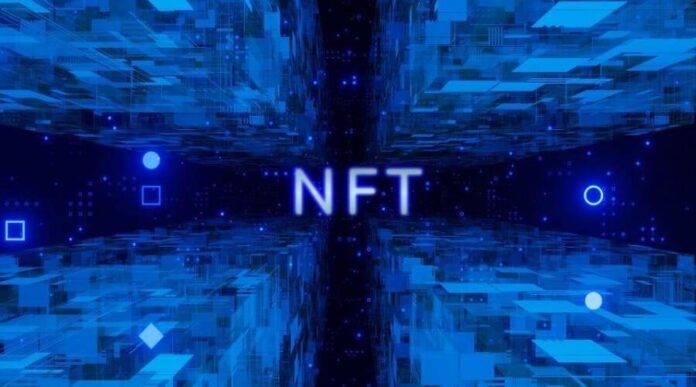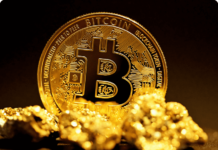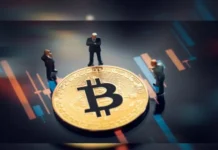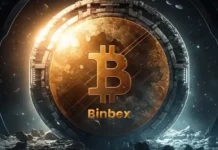Non-Fungible Tokens (NFTs) have taken the digital world by storm, with people spending millions of dollars to own them. But what are NFTs, and why are they worth so much? In this blog post, we will explore the concept of NFTs, their history, and why they have gained so much popularity.
What are NFTs?
NFTs are digital assets that are unique and non-interchangeable. Unlike cryptocurrencies, NFTs cannot be exchanged for another NFT or a similar asset. Each NFT is one-of-a-kind and represents ownership of a specific asset, such as a piece of art, a video, a tweet, or even a virtual real estate property in a game. NFTs are typically created using blockchain technology, which provides a secure and transparent way to verify ownership and authenticity.
A Brief History of NFTs
The concept of NFTs dates back to 2012 when the first-ever NFT Crypto io project, Colored Coins, was launched. Colored Coins allowed users to represent physical assets as digital tokens on the Bitcoin blockchain. In 2014, Counterparty introduced the concept of smart contracts on the Bitcoin blockchain, enabling the creation of more complex digital assets. The first NFT standard, ERC-721, was introduced on the Ethereum blockchain in 2017. Since then, NFTs have exploded in popularity, with celebrities, artists, and musicians all creating and selling their own NFTs.
How NFTs Work
NFTs are created by minting a unique digital asset and assigning it a unique identifier, which is stored on the blockchain. The owner of an NFT can transfer ownership of the asset to another person by transferring the ownership of the unique identifier. Each NFT has a record of its ownership history, making it easy to verify its authenticity and ownership.
Why are NFTs So Valuable?
NftCrypto have gained value due to their uniqueness, scarcity, and the perceived value of the underlying asset they represent. For example, a digital artwork by Beeple, a prominent digital artist, was sold for $69 million in March 2021. The artwork, called “Everydays: The First 5000 Days,” was a collection of 5,000 digital artworks created over 13 years. The NFT represented ownership of the entire collection, making it a one-of-a-kind asset.
How NFTs are Changing the Art World
NFTs are disrupting the traditional art world by providing a new way for artists to monetize their work. With NFTs, artists can sell their digital artwork directly to collectors, without the need for intermediaries like galleries or auction houses. This has opened up new opportunities for emerging artists and allowed established artists to reach a wider audience.
The Future of NFTs
NFTs have already made a significant impact on the art world, but their potential goes beyond that. NFTs can be used to represent ownership of any unique asset, including virtual real estate, music, and even tweets. In the future, we may see NFTs being used to represent ownership of physical assets like real estate or collectibles.
The Risks of NFTs
While NFTs offer many benefits, they also come with risks. One major risk is the potential for fraud or scams. With NFTs being sold for millions of dollars, there is a lot of money at stake, and some unscrupulous individuals may try to take advantage of unsuspecting buyers. Additionally, the environmental impact of NFTs has come under scrutiny, as the process of minting an NFT requires a significant amount of energy.
Conclusion
NFTs are a new and exciting development in the world of digital assets, providing a way to represent ownership of unique digital assets that was not possible before. While NFTs have gained significant popularity and have become a new way for artists to monetize their work, they are still a relatively new concept that is evolving. As with any new technology, there are risks and challenges associated with NFTs that need to be considered.
Read Also: How to Buy A House With Bitcoin



































































